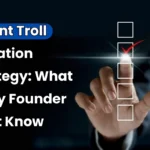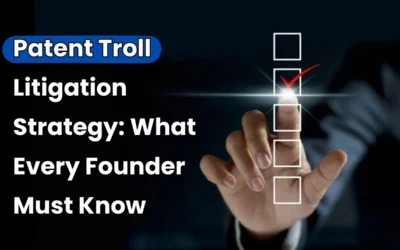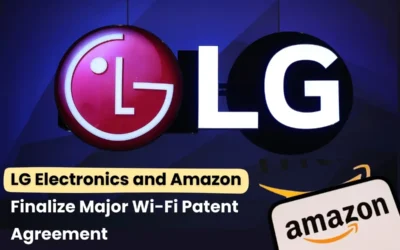
In today’s fast-moving innovation landscape, where new ideas emerge every minute, both inventors and investors are seeking ways to maximize the value of their creations. One key concept that often comes up in this process is patent acquisition—the act of securing rights to a patent through different strategies. Patent acquisition strategies not only help businesses protect their innovations but also strengthen their market position and create new revenue opportunities. And a good patent acquisition strategy will also help in patent monetization in India. If you want to understand how patent acquisition works and the strategies behind it, keep reading.
What Are the Different Types of Patent Acquisition Strategies?
Let’s explore the different types of patent acquisition strategies that businesses use to maximize the value of patents. Companies adopt various approaches depending on their goals, resources, and market environment.
Direct Filing
This is the process where a company develops its own innovation and files a patent application to secure legal rights. By doing so, the company gains complete ownership of the patent. However, this patent filing method can be lengthy, costly, and requires proper legal guidance. Direct filing is most commonly used by tech startups aiming to protect breakthrough ideas or by well-established firms.
Patent Purchase
Patent purchase involves buying an already granted patent from an individual, small business, or another organization. This provides immediate ownership and avoids the long filing process. While often more expensive. This strategy is especially useful for businesses looking for instant protection and a competitive advantage.
Patent Licensing
In licensing, a company does not buy the patent outright but instead acquires the right to use it. Patent licensing is more affordable than purchasing, but it comes with limitations since the company doesn’t gain full ownership.
Patent Assignment (Mergers & Acquisitions)
When companies merge or one company acquires another, patents are often transferred as part of the deal. This is called a patent assignment. It enables businesses to expand their IP portfolio instantly and may open new opportunities in different markets. This strategy is typically used by large corporations seeking to consolidate their position or diversify their technology base.
Patent Pools & Alliances
Patent pools are agreements where multiple companies combine their patents and share access to each other. This approach is common in industries like telecom, 5G, and biotechnology, where overlapping technologies are widespread. Pools and alliances help reduce litigation risks, promote standardization, and accelerate innovation by allowing companies to work together rather than fight over rights.
Patent Auctions & Marketplaces
Patents can also be acquired through auctions and online marketplaces. These platforms allow companies to bid competitively for specific patents or browse portfolios available for sale. This method provides transparency, speed, and access to patents that may not otherwise be available. It is especially helpful for smaller businesses or firms seeking quick entry into new technological areas.
Defensive Acquisitions
In this strategy, companies acquire patents not to use them directly but to prevent competitors from using them. Defensive acquisitions strengthen a company’s negotiating power in potential disputes and act as a shield against litigation. They are most common in industries with high competition and frequent legal battles, such as technology, software, and pharmaceuticals.
Read Also: US Senate Confirms John Squires to Lead USPTO: What It Means for Patents and Monetization
What Factors Influence the Choice of Patent Acquisition Strategy?
- One major factor is budget. Startups usually prefer patent licensing because it is cheaper, while large corporations can afford to buy or file patents directly.
- Another important factor is business goals. Some companies focus on defense against competitors, while others use patents to expand innovation or enter new markets.
- Industry dynamics also matter. In fast-changing sectors like AI or biotech, quick acquisitions are often better than waiting for a filing process.
- For global companies, geographic scope is crucial. They need patents that hold protection in multiple countries.
- Competitor activity can also push companies to act. If rivals are buying patents aggressively, defensive acquisitions may become necessary.
Conclusion
Patent acquisition is not just about owning intellectual property—it is about choosing the right strategy that aligns with business goals. Whether through filing, purchasing, or licensing, each approach offers unique benefits and challenges. By following a structured process and considering key factors like budget, industry trends, and patent strength, businesses can build strong IP portfolios that drive innovation, protect their market position, and create long-term value.
Read Also: Patent Licensing vs. Commercialization: Which strategy is better for startups in 2025









